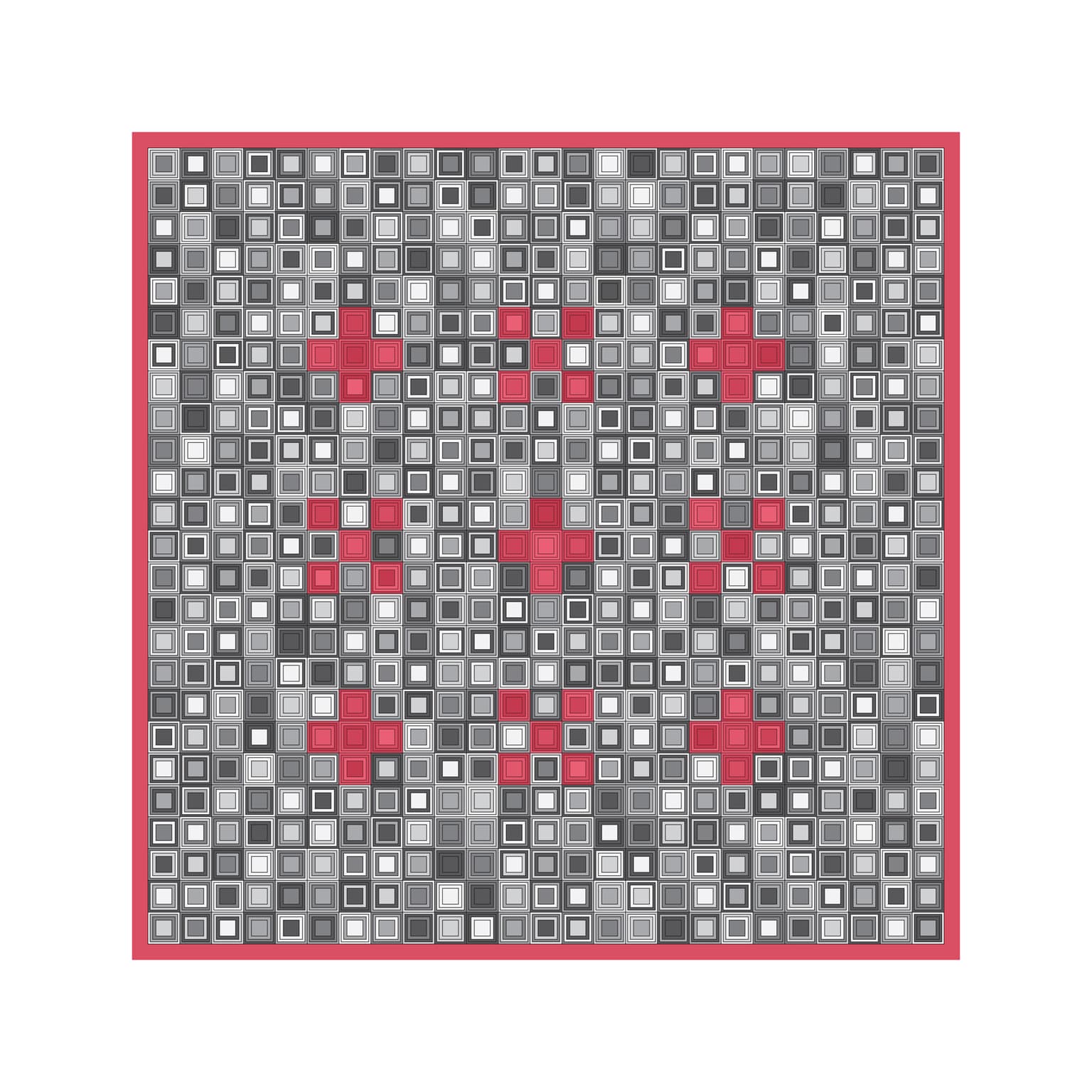2011 Joint Mathematics Meetings
Margaret Kepner
Artists
Margaret Kepner
Independent Artist
Washington, District of Columbia, USA
Statement
I enjoy exploring the possibilities for expressing ideas in new ways, primarily visually. I have a background in mathematics, which provides me with a wealth of subject matter. My lifelong interest in art gives me a vocabulary to utilize in my work. I particularly like to combine ideas from seemingly different areas and try to find parallels and relationships. Some years I ago I coined the term “visysuals” to describe what I do, meaning the “visual expression of systems” through attributes such as color, geometric forms, and patterns. Topics that I have explored include: tesselations, symmetry patterns, edge-matching, group theory, dissections, magic squares, modular systems, knots, fractals, and number theory. For the most part, I use inkjet printing to produce my artwork. I have also experimented with screen printing, textile constructions, digital printing on fabric, and book making in order to produce pieces at a larger scale and/or with more physical variety.
Artworks

Magic Square 25 Study
18" x 18"
Archival inkjet print
2010